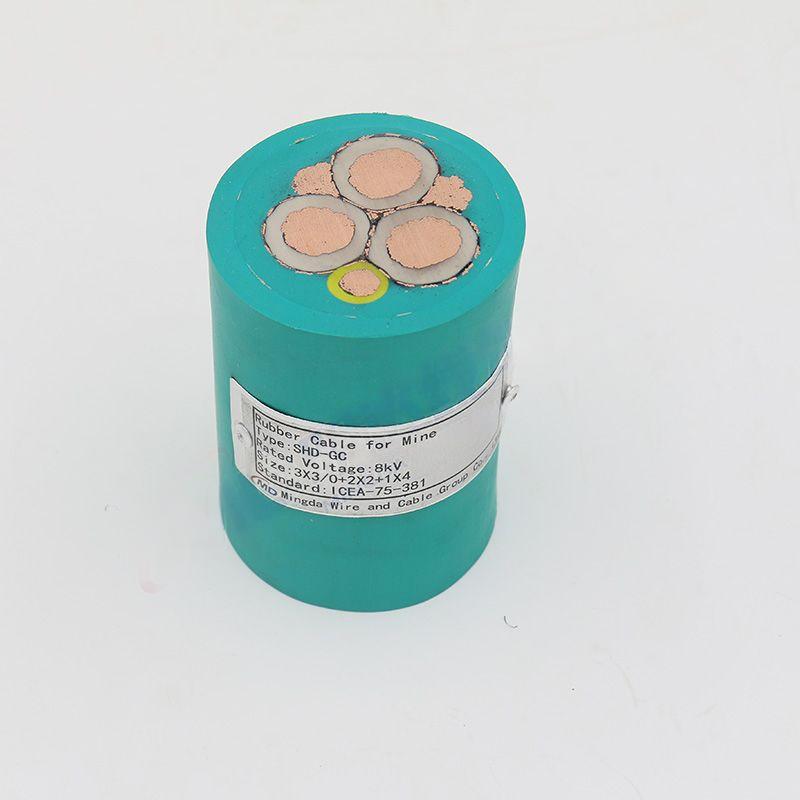Dec . 01, 2024 12:54 Back to list
lever operated butterfly valve
Lever Operated Butterfly Valve An Overview
Butterfly valves are essential components in various industrial applications, primarily used for regulating and isolating flow. Among the different types of butterfly valves, the lever operated butterfly valve stands out due to its simplicity and effectiveness. This article delves into the design, operation, advantages, and applications of the lever operated butterfly valve, providing a comprehensive understanding of this vital equipment.
Design and Operating Principle
A lever operated butterfly valve consists of a circular disc, known as the butterfly, which is mounted on a rotating shaft. The valve body is typically made from durable materials like cast iron, stainless steel, or plastic, ensuring resilience against various environmental conditions. The lever mechanism is directly attached to the shaft, allowing for manual operation. When the lever is turned, the butterfly disc rotates, either opening or closing the flow path.
The design of the butterfly valve allows for a minimal pressure drop when fully opened, making it suitable for various flow control applications. The operation of the lever mechanism is straightforward; turning the lever to a specific angle directly corresponds to the position of the butterfly disc, thus providing a clear indication of whether the valve is open or closed.
Advantages of Lever Operated Butterfly Valves
1. Ease of Operation One of the primary benefits of lever operated butterfly valves is their simplicity. They can be operated manually without the need for complex actuators or control systems. This feature makes them ideal for applications where quick and uncomplicated control of flow is necessary.
2. Space Efficiency Lever operated butterfly valves are compact, which saves valuable installation space. Their design allows for installation in tight spaces where larger valve types might not fit.
3. Cost-Effective These valves are usually more affordable compared to automated valve systems. The straightforward design means lower manufacturing costs, making them a budget-friendly option for many applications.
lever operated butterfly valve

4. Quick Response The direct connection between the lever and the valve mechanism allows for quick adjustments. Operators can easily switch the valve position in response to changes in demand, enhancing operational efficiency.
5. Versatility Lever operated butterfly valves can handle a variety of media, including water, air, and other gases. Their versatility makes them suitable for a wide range of industrial applications, from water treatment plants to chemical processing.
Applications
Lever operated butterfly valves are commonly used in various industries, including
- Water and Wastewater Management They are frequently employed in water distribution systems, sewage treatment plants, and irrigation systems where flow control is vital. - Chemical and Petrochemical Industries In these sectors, lever operated butterfly valves control the flow of chemicals and fluids, ensuring safe and efficient operation.
- Food and Beverage Industry Due to their ease of cleaning and maintenance, these valves are often used in food processing systems, minimizing contamination risks.
- HVAC Systems In heating, ventilation, and air conditioning applications, these valves regulate airflow and maintain system efficiency.
Conclusion
The lever operated butterfly valve is a vital component in various industrial processes, combining simplicity, efficiency, and cost-effectiveness. Its straightforward design allows for ease of operation and quick response times, making it an excellent choice for controlling the flow of different media across diverse applications. As industries continue to evolve, the adaptation and enhancement of valve technology, including the lever operated butterfly valve, will remain crucial for maintaining efficient and safe operations. Whether in water treatment, chemical processing, or HVAC systems, this versatile valve type will play a significant role in the future of flow management.
Share
-
Advanced Technology in Wire and Cable FactoryNewsAug.19,2025
-
Applications of Ball Check Valve in Water Treatment PlantsNewsAug.19,2025
-
How Osy Gate Valve Ensures Leak - Tight SealingNewsAug.19,2025
-
Selection Criteria for Wafer Type Butterfly ValveNewsAug.19,2025
-
Threaded Ball Valve Pressure RatingsNewsAug.19,2025
-
Y Strainer PN16 Cost - Effectiveness AnalysisNewsAug.19,2025


